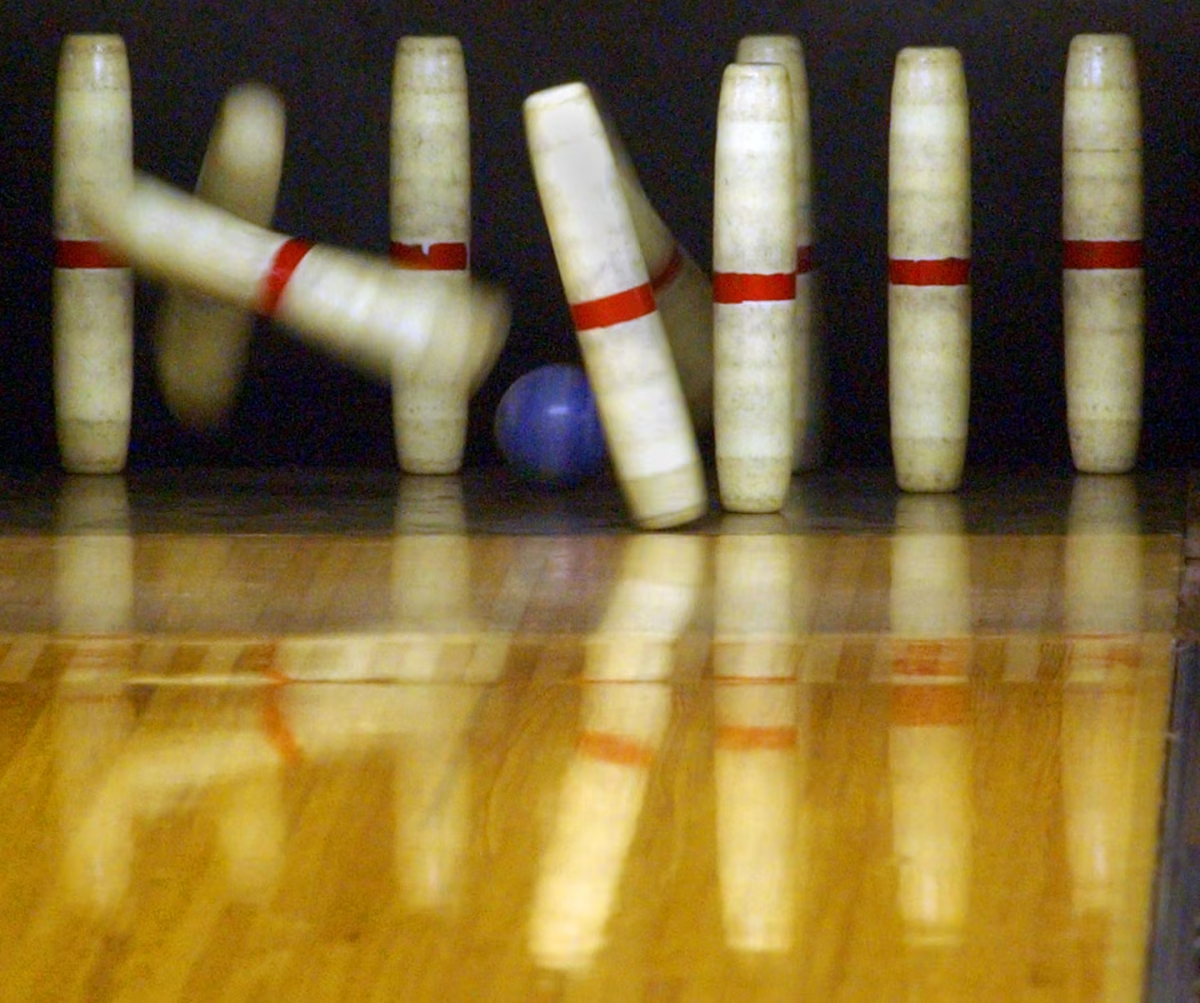
Apple released its highly anticipated smartwatch along with two versions of the iPhone to both acclaim and skepticism last Tuesday.
As promised, the Apple Watch is technologically impressive and stylish. The first product under Timothy D. Cook, who took over after Steve Jobs, is an ode to the growing market of fitness-based trackers with a chic design in mind. Its main features include an app called Fitness that monitors statistics of different exercises, an accelerometer and a heart rate detector.
Being a device from Apple, the watch will also feature the ability to play music and run various apps like calendar, map navigation and third-party apps (BMW, W Hotels, and Pinterest have already created apps for the watch).
But the most interesting concept of the Apple Watch is the new level of intimacy between wearers through a new feature called Digital Touch. This allows quick messages to be sent to one of your contacts through taps, as well as the ability to send drawings or even your own heartbeat to a contact who can feel it through vibrations.
The Senior Vice President of Design Jony Ive stated in promotional Apple Watch video, “we’ve designed a range of products so personal, you don’t put them on your desk or in your pocket; you wear them on your wrist.” There are concerns, though, that an already saturated fitness-watch market might hamper Apple’s ability to compete or contribute significantly to the company’s profit which is primarily from iPhones.
There will be three version of the watch available to accommodate different types of wearers. Apple Watch, Apple Watch Sport and Apple Watch Edition. Apple Watch is the most simple, Watch Sport is more durable and Watch Edition is more luxurious and made of gold. There are currently six different strap styles, including a quilted leather strap with magnetic clasp, a stainless steel link bracelet, a simple leather band with a more classic buckle and multi-colored rubbery bands for the more durable sport watch. The pricing for the Apple Watch will start at $350 and is tentatively set to release next year.
The iPhone 6 also includes some serious upgrades and will come in two different versions, the iPhone 6 and iPhone 6 Plus. The difference between the two is size, as the iPhone 6 has grown from four inches to 4.7 inches while the Plus is a 5.5 inches, making it 0.4 inches larger than the Samsung Galaxy S5. Within the past few years Samsung has captured a large market share with the help of large phone screens, so the option for a slightly smaller or slightly larger iPhone 6 is clearly Apple’s way of trying to win back consumers.
The new iPhone hardware is certainly an improvement, with longer battery life, a 25 percent faster processor and new wireless capabilities that allow the phone to get faster Internet from cellular networks. In addition, the phone will be able to make calls over a wireless network and improved camera. The eight megapixel iSight camera has a new sensor that will allow for a better and faster focus, and a new exposure control for iOS 8 will allow for more adjustment of shots before you take them. The starting price of an iPhone 6 with a contract is $200, while an iPhone 6 Plus is $300. The Apple website has already experienced numerous crashes after the iPhone 6 was available for pre-order on Sept. 12, and set a record for Apple phone pre-orders. The iPhone 6 will be available for purchase on Sept. 19.
Emma Sandler can be reached at [email protected].


















